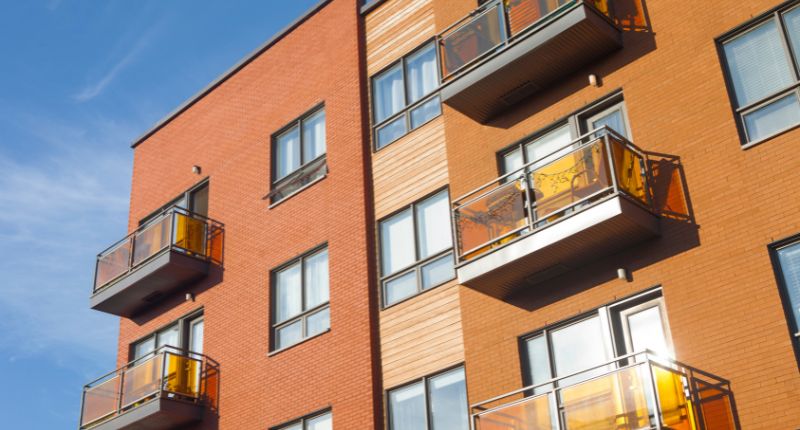- A low supply of rentals and strong population growth is driving significant demand.
- New rental listings recorded a 5.7% annual decline.
- The national median weekly rent in the September quarter was $550 per week.
The national rental market continues to be beset by challenges as renters across Australia struggle to secure accommodation amidst intense competition and high prices, according to PropTrack‘s Rental Report September 2023 Quarter.
A myriad factors are intensifying competition among renters, including low vacancy rates, chronic supply shortage, and dwelling approvals sitting at their lowest levels in a decade.
However, one sizeable factor fuelling competition is the rapid migration to Australia.
Over the 12 months leading to March 2023, the national population increased by 563,205, a record high increase, and the majority of them do not own property, according to PropTrack director of economic research and report author, Cameron Kusher
Another factor is that investors are continuing to exit the market, which, according to Kusher, is keeping the overall stock of rental properties low.
Property Investment Professionals of Australia (PIPA), chair, Nicola McDougall said in July that investors across the nation were fleeing the market due to increasing taxes and financial risks.
“PIPA has been warning for nearly a decade about the negative impacts of market intervention on rental markets, starting with APRA lending restrictions that came into effect in 2015, and now a variety of rent caps or controls,” she said.
Increasing rental prices
At the end of the September 2023 quarter, the national median weekly advertised rent on realestate.com.au was $550, according to the report.
This is a 3.8% increase over the previous quarter and a 14.6% increase year-on-year.
Over the year to September 2023, capital city rents increased by 12.2% while regional rents were 6.7% higher.
Quarterly median weekly advertised rents (capital cities vs regional markets)

Looking at the differences from the previous quarter however, the largest increases in rents were regional WA at 5%, Melbourne at 4.2% and Sydney at 3.2%.
There was some respite to be found for renters in Hobart (-7.4%), regional Tasmania (-2.2%), and Canberra (-3.2%), which all saw advertised rents decreased over the September quarter.
Lower rental listings
As rental prices overall increased, so too did rental listings see a corresponding decrease, according to the report.
5.7% fewer new rental listings were recorded in the September 2023 quarter – that’s the fewest new rental listings in September for more than a decade.
Monthly new rental listings, 2022, 2023 and five-year average

Across the combined capital cities, new rental listings dropped 8.3%. However, in the regional markets, they were 2.3% higher.
Regional NT, at -21.2%, Melbourne at -15% and Sydney at -10.6% saw the largest annual falls in new listings in the September 2023 quarter.
Hobart, at 24.5%, regional Tasmania at 14.9%, and regional Queensland at 3.8% saw the biggest increases.
Tackling the problem
Kusher said these conditions show why it is paramount that more housing is built.
“Serious consideration needs to be given to the financing of these projects and the capacity to build the volume of housing we need,” he said.
“It is difficult to imagine that rents will continue to climb as rapidly as they have in the major capital cities over the past year, but we do expect them to continue rising.
“This will drive some renters to look for cheaper alternatives including moving further away from where they are, shifting from houses to units or moving into share houses.”
He added that first-time buyers should also be supported into homeownership, thereby freeing up the rental stock they currently occupy.





